Description
An intraoral scan has always been a good communication tool for showing your patient the state of their dentition. But with AI assistive diagnostics, you turn your intraoral scanner from a tool to facilitate restorative treatment into a sophisticated aid for inspection and manual comparison over time.
Read on to find out how your dental charts can look when you enable Dx Plus** together with your TRIOS 6.
Occlusal caries
Occlusal caries detection aid is AI assisted. The suspected caries will be indicated with color codes to help interpret the severity: ranging from red (Dentin Caries) to yellow (Enamel Caries). You can choose to either use the inspection tool to focus on one scan in particular, or use the compare tool to manually compare different scans to see how the situation has evolved.
Tooth wear
Detection support of tooth wear is also AI assisted. It shows as yellow for tooth wear and red for exposed dentine. When you zoom in on the scan, the fill color will disappear so you can inspect what is going on in HD quality (remember: TRIOS 6 captures the highest TRIOS definition to-date, for unmatched geometry and color detail, coupled with hyperspectral technology for an unprecedented wealth of data in one scan).
Recession
AI assistive recession detection is shown on the scan in the number of millimeters of the gum receding, exposing the tooth without enamel. Severity of the issue is shown in class three (red), two (orange) or one (yellow) to help interpretation and conversation.
Plaque
For practitioners that are tasked with plaque detection, our AI assistive plaque detection tool will be a great help with patient communication. Instead of detecting plaque with the naked eye or a disclosing agent, now you simply scan and let AI do the work to detect where plaque is situated. It will be displayed in purple, which will feel like an almost 1-1 replication of the existing disclosing agent procedure, with one less step.
Proximal caries*
This pathology is currently not AI-supported but can be used as a visualization tool. Displaying a non-interactive, post-processed 2D image derived from your TRIOS 6 scan, identify likely proximal lesions with the naked eye as an objective second opinion to support clinical proximal caries examination.
Proximal caries will be available end of 2025 and with Dx Plus**. The AI assisted detection features highlighted above come on top of the detailed analysis tools for measurement that come with the predecessor of Dx Plus** (TRIOS Patient Monitoring

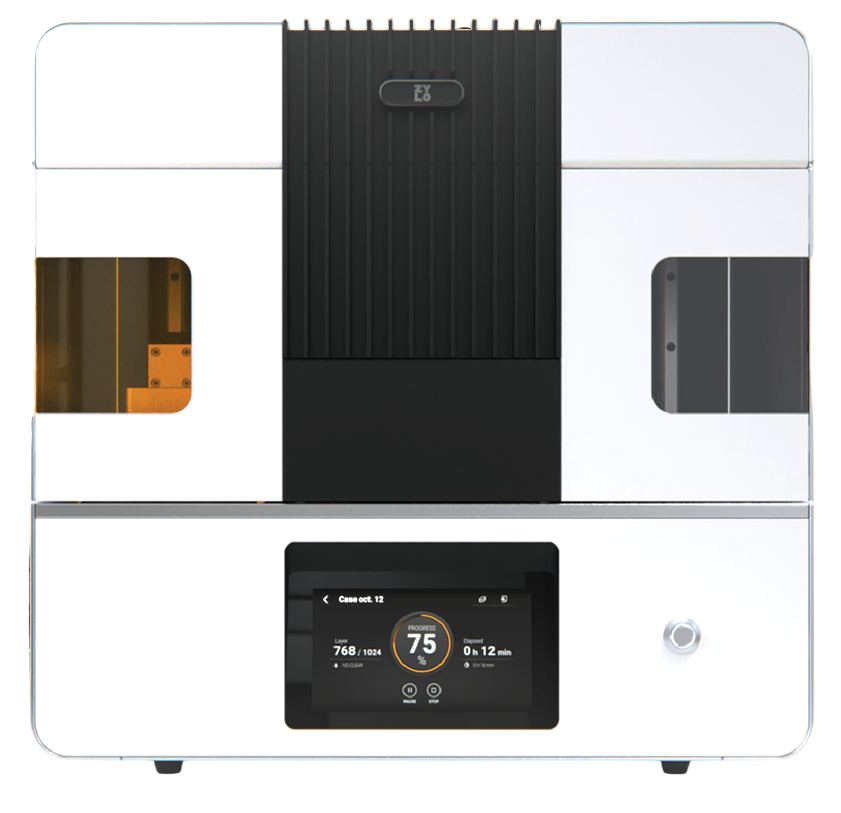


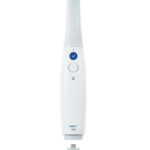

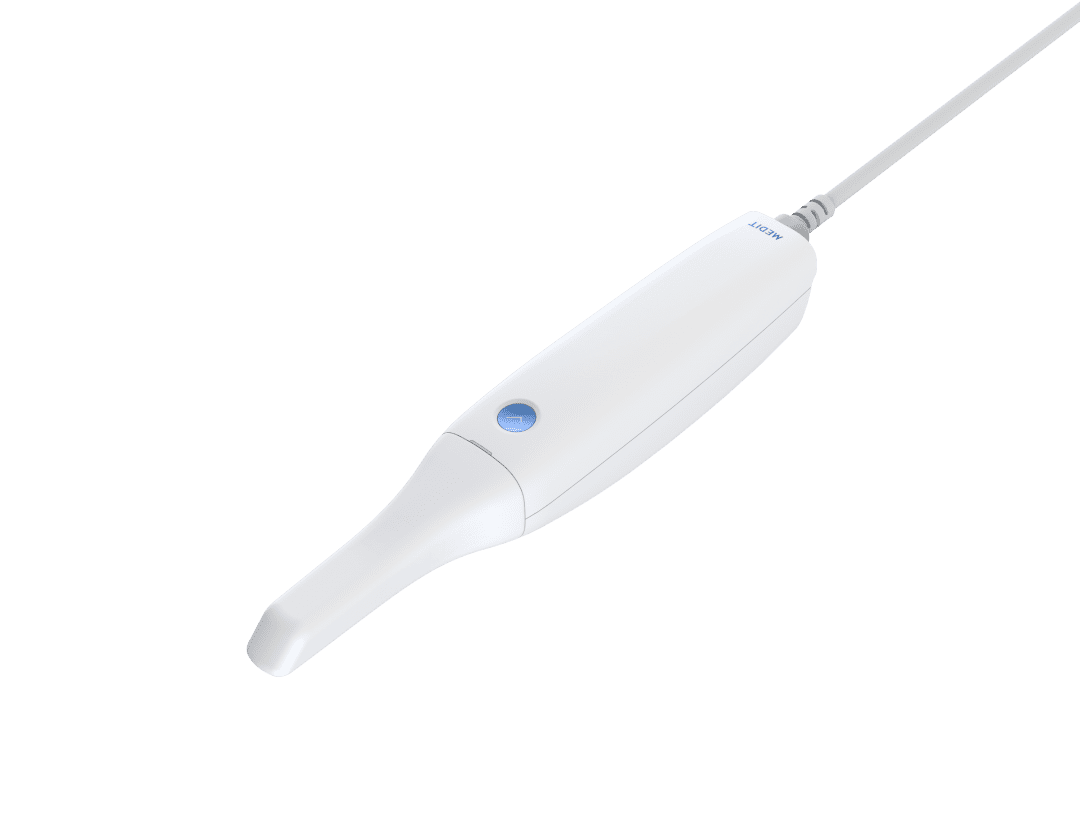
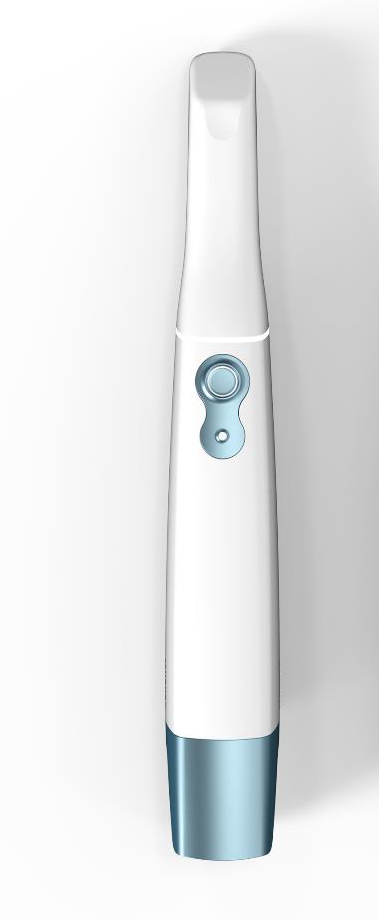

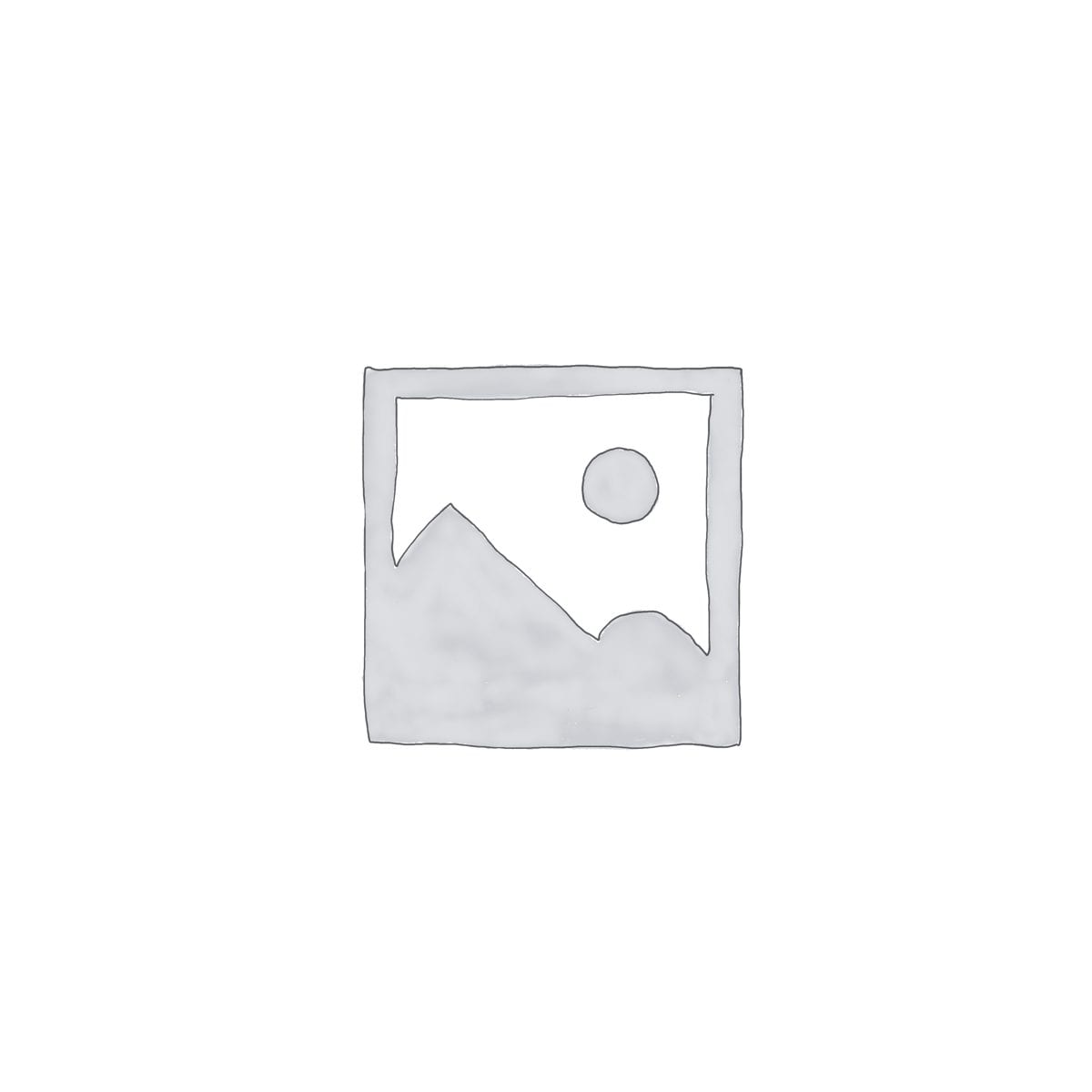
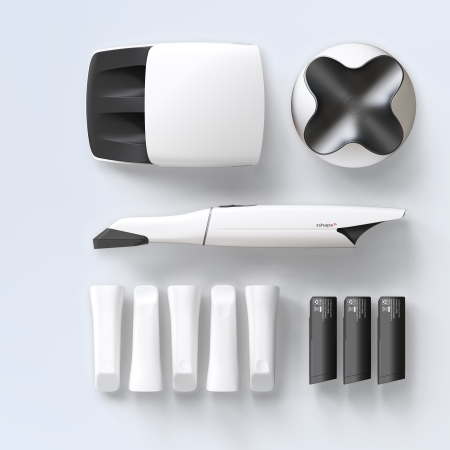

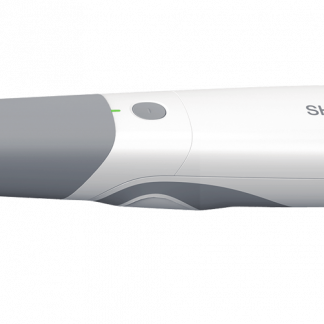
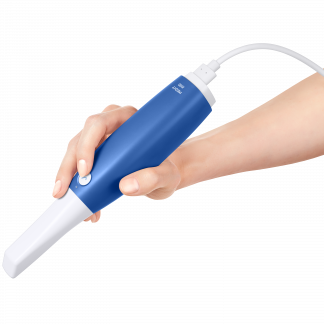
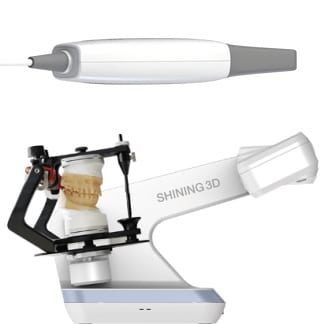
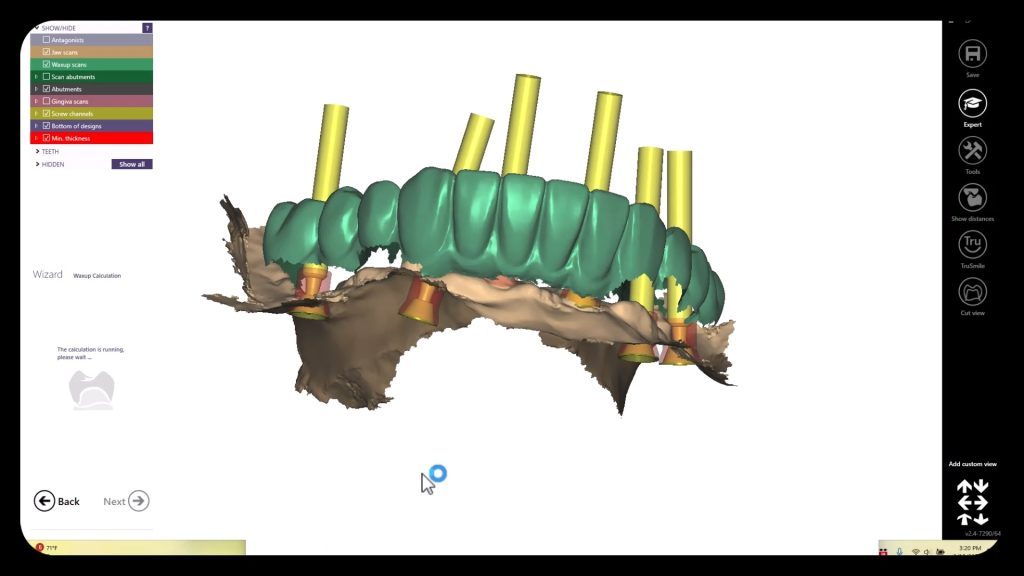
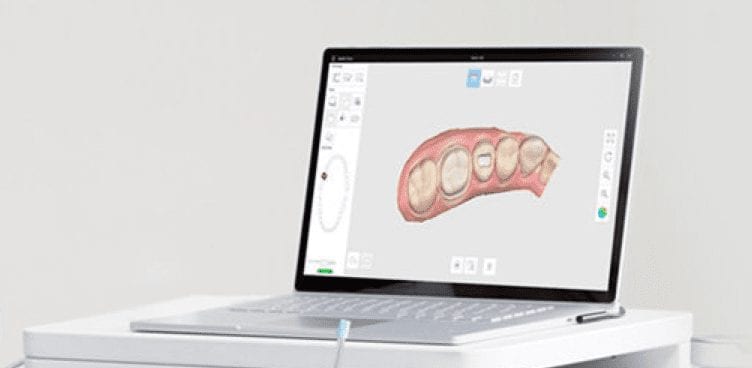
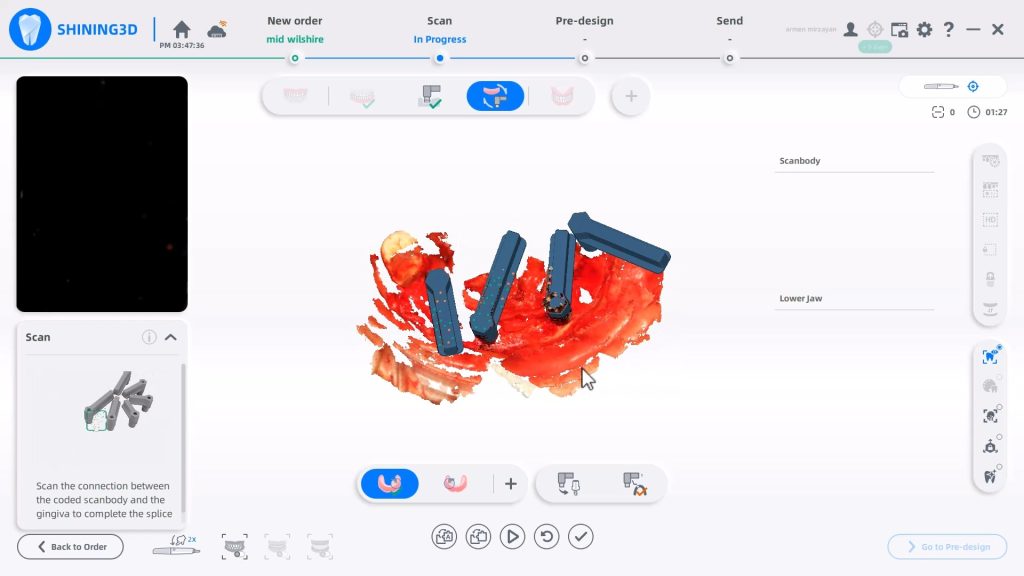
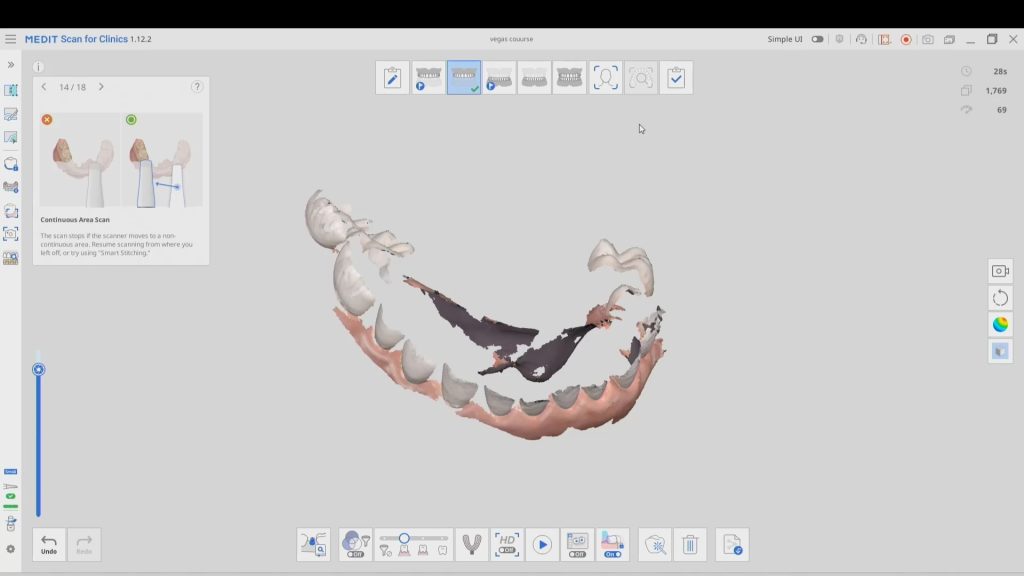
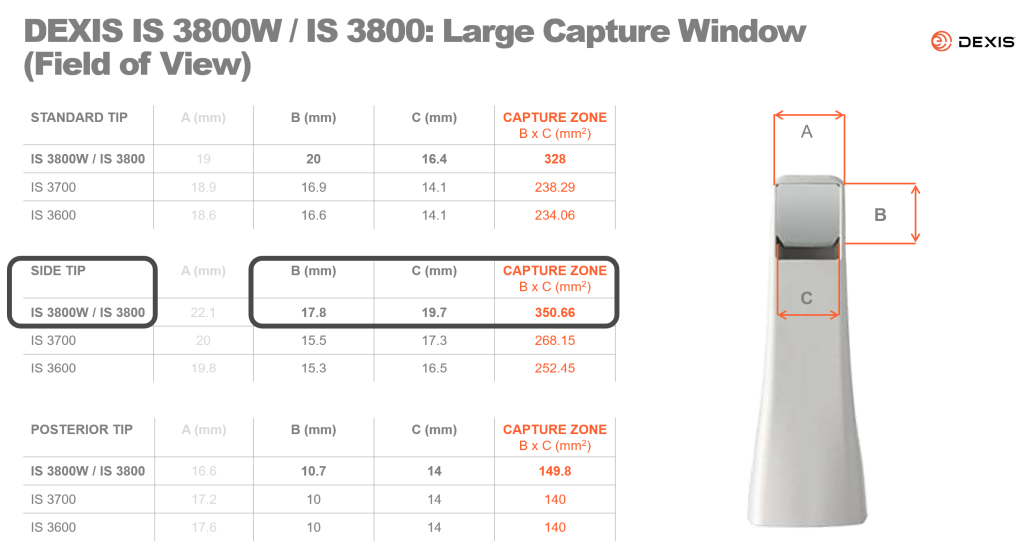
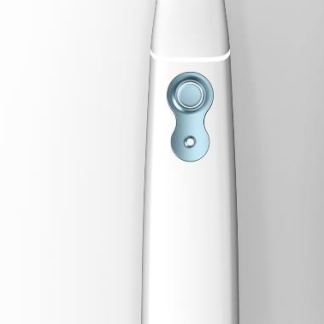
Reviews
There are no reviews yet.